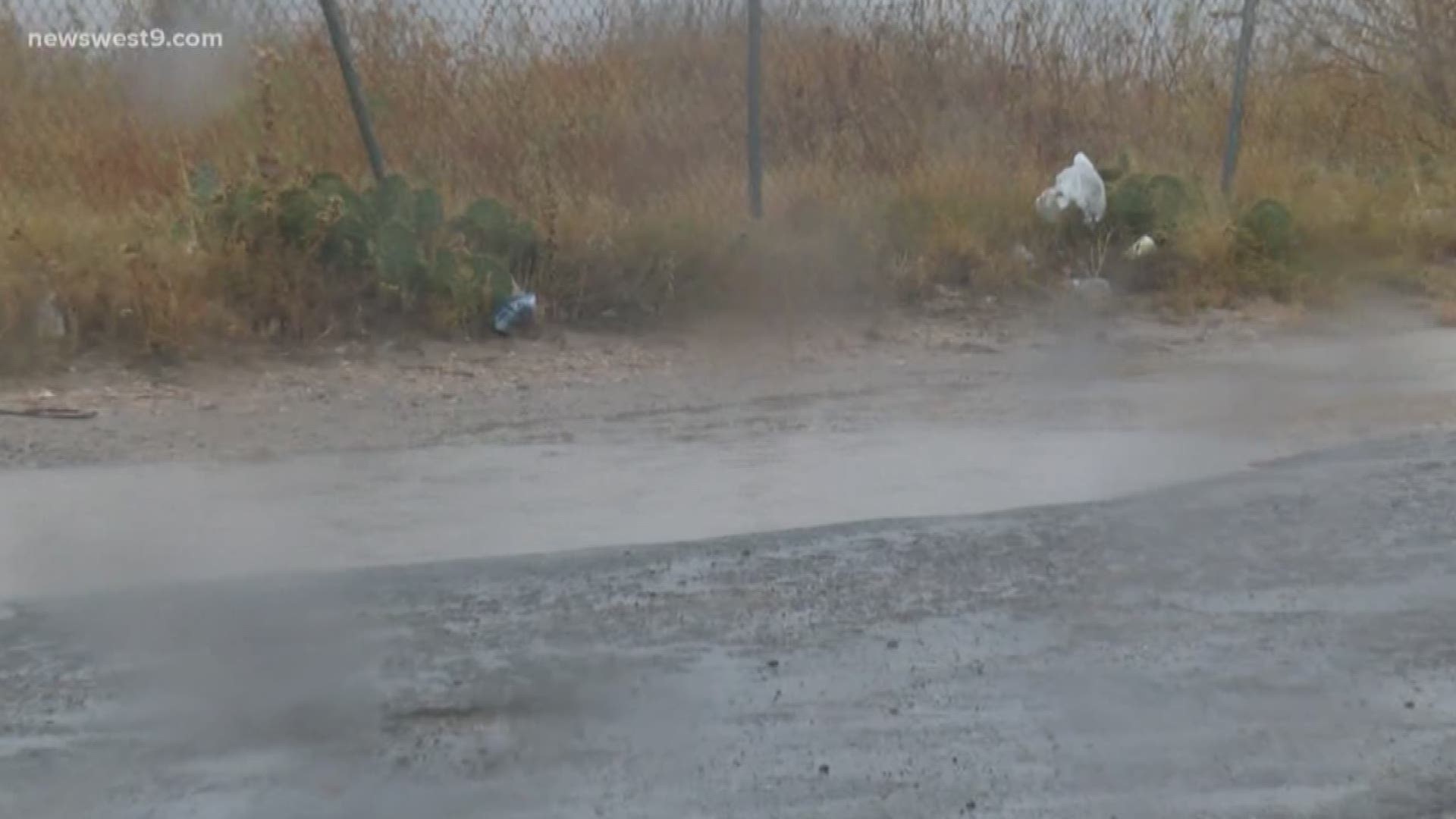MIDLAND, Texas — Rain, rain and more rain came from the skies on November 7.
But how does the city of Odessa and Midland drain all this water?
Technically, they don't. According to the City of Midland, the city relies on a system of streets, channels, draws and pumps to get rid of the water.
"The amount of water that comes through town," City of Midland Engineer Matt Carr said. "It's very critical that it is brought in from a particular subdivision area and it enters and goes through the town and exits in a certain timing."
And why is this the case?
"Midland and kind of our general area, we're extremely flat," said City of Midland Transportation Manager Gabe McClelland. "We don't have much longitudinal slope, so it takes time for the water to run off and unlike a lot of areas in the state and throughout the nation, we rely on our streets, the surface of our streets to serve as drainage structures."
The protocol from city to city slightly differs.
Midland officials watch the forecast and if there's a good chance of rain, they prepare to have the fire department and city transportation division on call to close their 10 low water crossing areas, which were all closed Thursday.
In Odessa, city officials say the work begins the day after when it stops raining.
"Our street department definitely pays special attention to those areas and makes sure that those drainage areas," Odessa PIO Devin Sanchez said. "They're free from debris, they're flowing to make sure any type of flooding isn't too too severe."
If necessary, their police department will contact their street department if closing roads is necessary.
But the two cities agree- stay out of the floodwater, and stay on state routes that are built at higher elevations.

